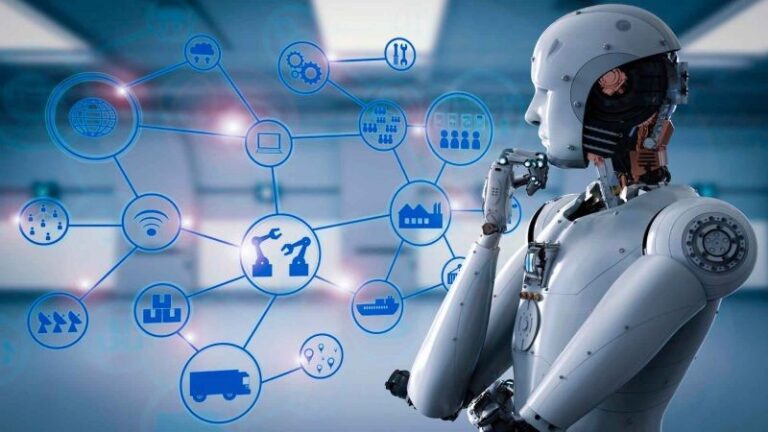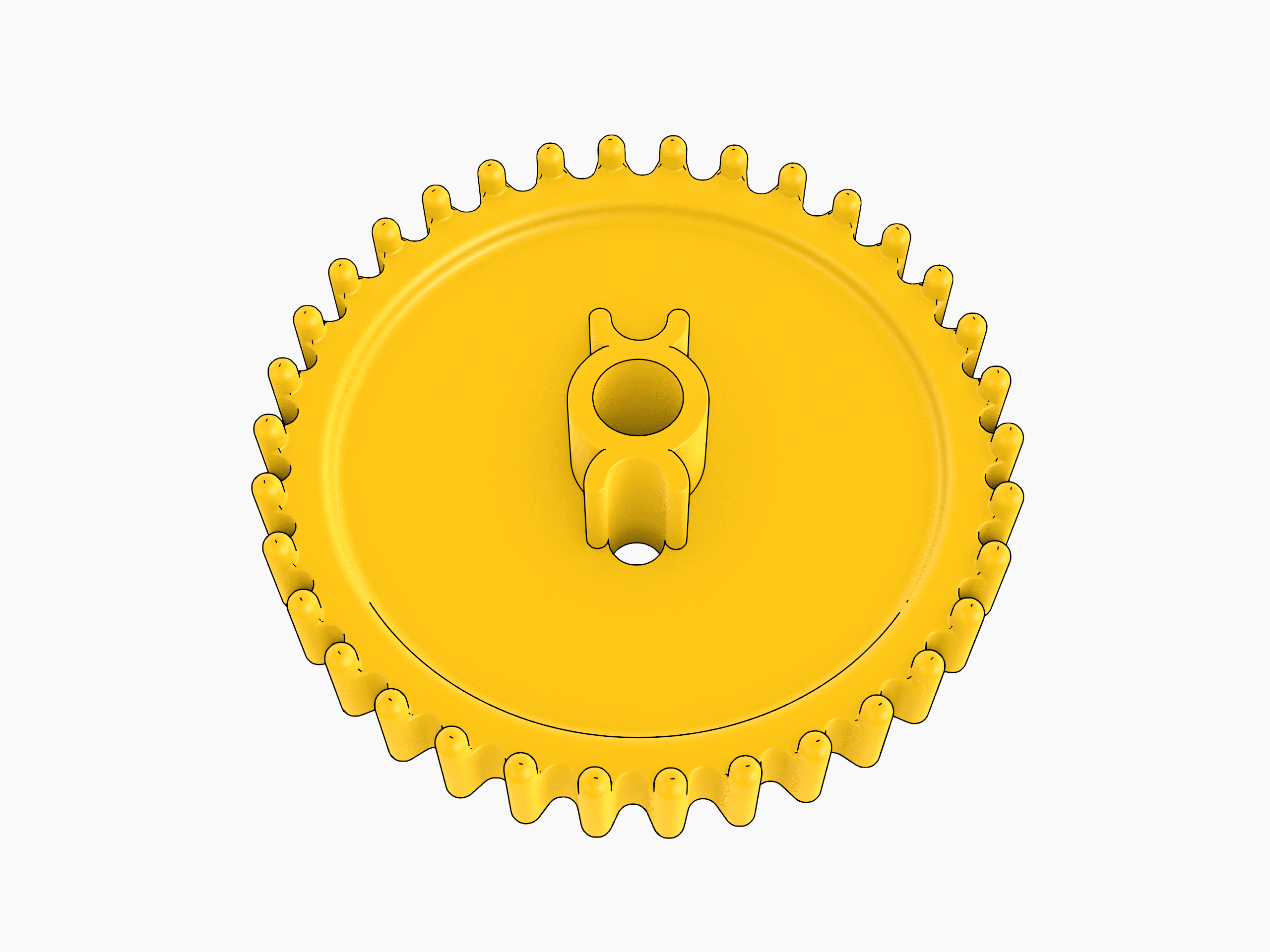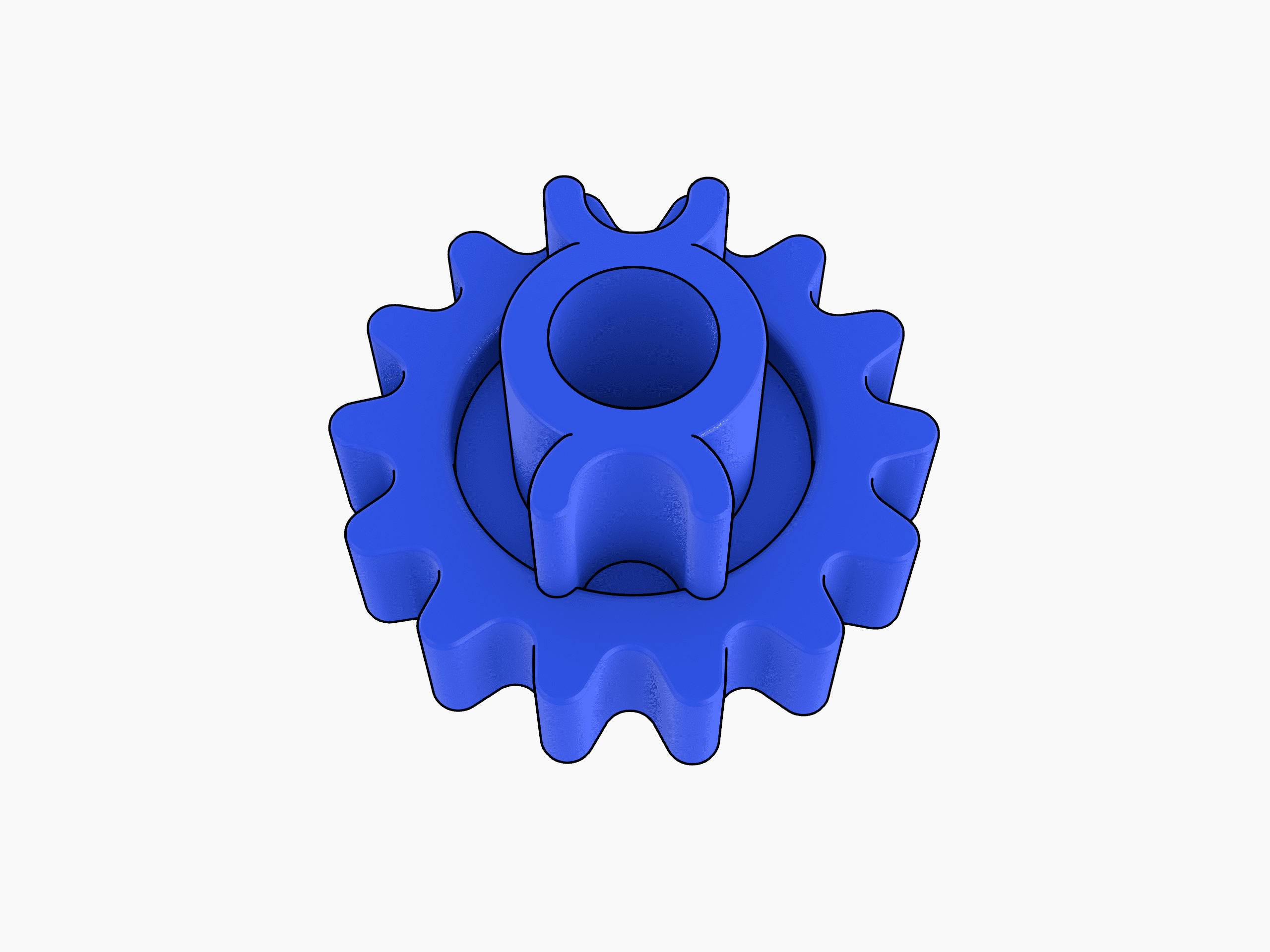CONNECT
Robotics is the science that explores technology to create and build robots, which are machines created to perform tasks based on commands given by us, facilitating people’s activities.
In educational robotics classes, we research, make discoveries and build prototypes, which can be imitations of animals, toys, tools or even machine constructions that imitate those we have in real life.
The technological structural assembly kit, made up of many colorful parts, is a tool that helps us understand everything from the simplest concepts of structural construction to the operation of advanced, engine-driven machines.
To start structural robotics classes, you need to understand some basic technological concepts. We will learn what bases, beams, connectors, wheels, axles, gears, pulleys and motors are.
The bases and beams are fundamental pieces to start assembling a project. They are responsible for supporting and structuring the other components. Just like the bases, the beams are part of the project structure. In the structural robotics kit, they are called rods. In this kit, we have two types of rods: rigid and flexible.
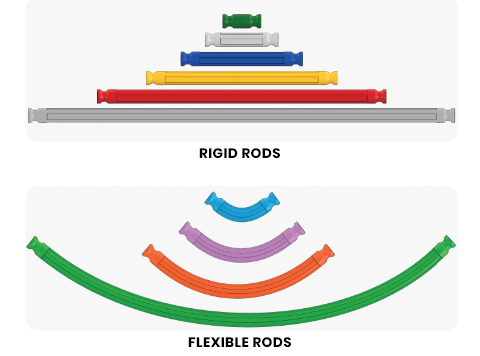
Connectors are parts used to connect components (connect parts) of the project. Connectors can be parts that fit into others by pressure and can have different sizes, shapes and colors.
 Wheels are circular objects that facilitate the transport of loads. Axles are objects with a cylindrical shape, smaller than the wheels, which are used to join them. In the structural robotics kit, the axes are called rods.
Wheels are circular objects that facilitate the transport of loads. Axles are objects with a cylindrical shape, smaller than the wheels, which are used to join them. In the structural robotics kit, the axes are called rods.
The wheels and axles always rotate at the same speed. Moving a vehicle or heavy object using wheels makes the process easier.
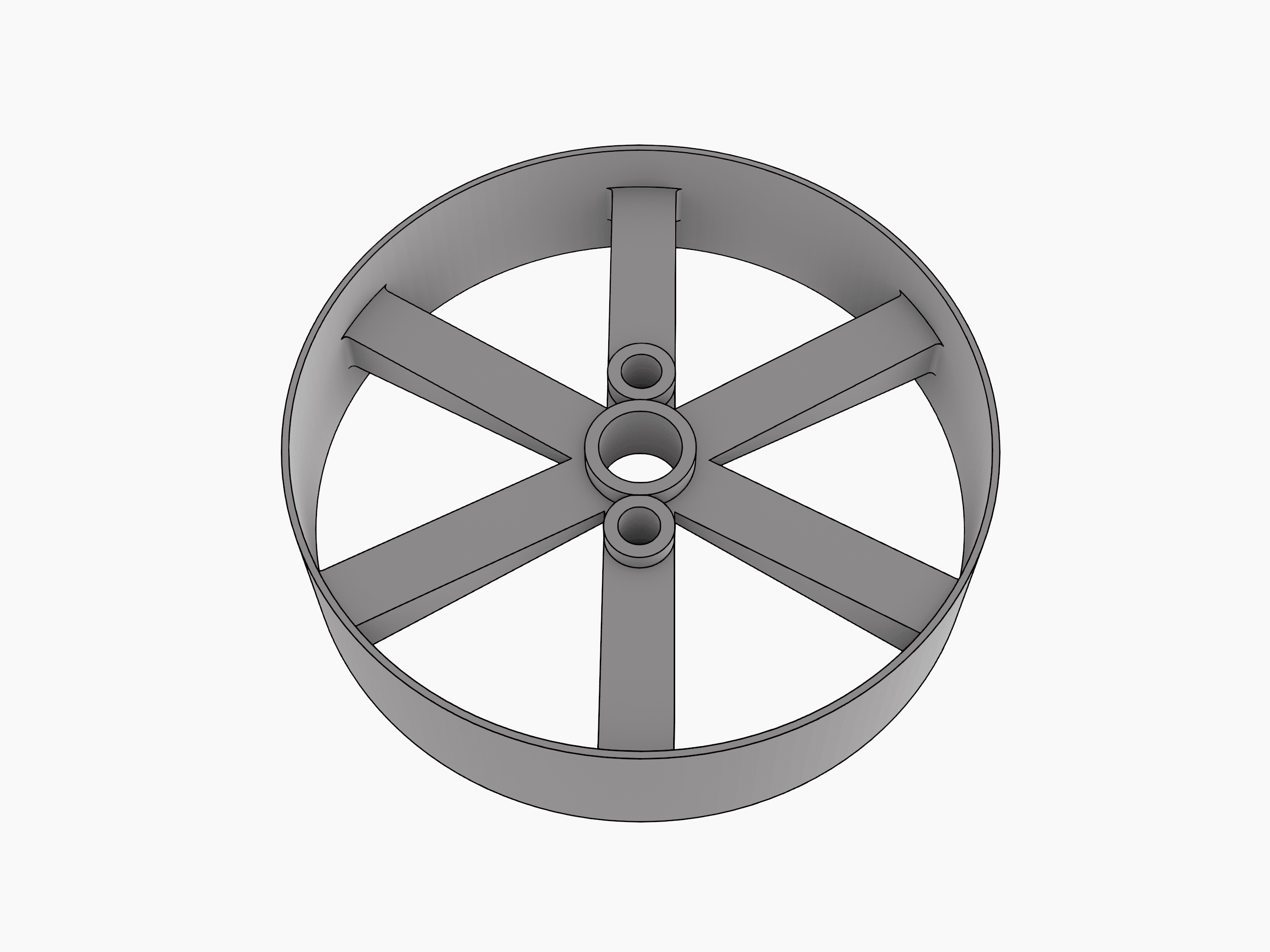 A pulley is a wheel with a channel on which a belt is fitted. It is used to transmit movement. When two pulleys are connected by a belt, the one that receives the initial movement is called the input pulley, and the one that is moved from that movement is called the output pulley.
A pulley is a wheel with a channel on which a belt is fitted. It is used to transmit movement. When two pulleys are connected by a belt, the one that receives the initial movement is called the input pulley, and the one that is moved from that movement is called the output pulley.
Gears are wheels with teeth that fit together with the aim of transmitting movement and force between them with great efficiency. When two gears are connected and one of them is moved, either manually or with the help of a motor, we have the so-called driving or input gear. And the one that is moved from this movement made by the input gear is called output gear.
Auxiliary parts are responsible for performing functions such as finishing, spacing and interconnection between parts.
The battery motor, found in our technology kits, is an electric motor that includes a 3V power pack made up of two AA batteries (each battery is 1.5V). The power supply has a three-way switch that allows the motor to operate by turning left or turning right.

To insert the battery motor into a structural robotics model, first push a (very strong) rod through the hole in the middle. Then, try turning the switch on the battery to rotate
the rod in each direction.

Finally, the easiest way to connect the motor to your model is to fit a white connector to the terminals on each side of the motor.

CONTEMPLATE
Look at the structural robotics kits:
•How many tires do we find in the kit? And how many pulleys?
• How many types of gear do we find in the kit?
CONSTRUCT
As a team, build prototypes with parts from the structural robotics technology kit.
Follow the step by step.
PROTOTYPE 1: ARTESIAN WELL

PROTOTYPE 2: FAN

CONTINUE
After building the prototypes, share the experiences with your team:
• How many axes were used in the assembly? And how many gears?
• What parts were used to attach the pulleys and gears?
Then, save all the materials used.

